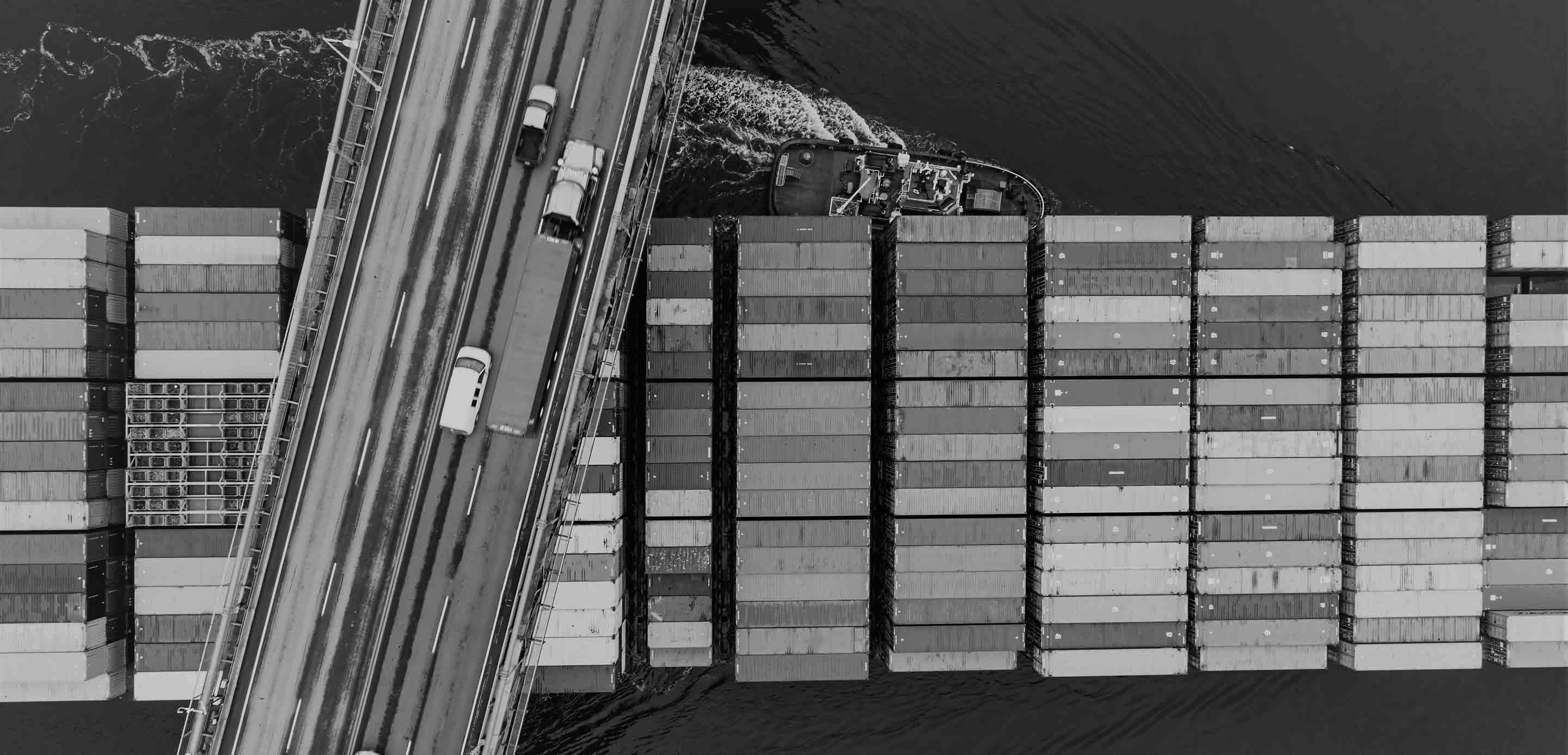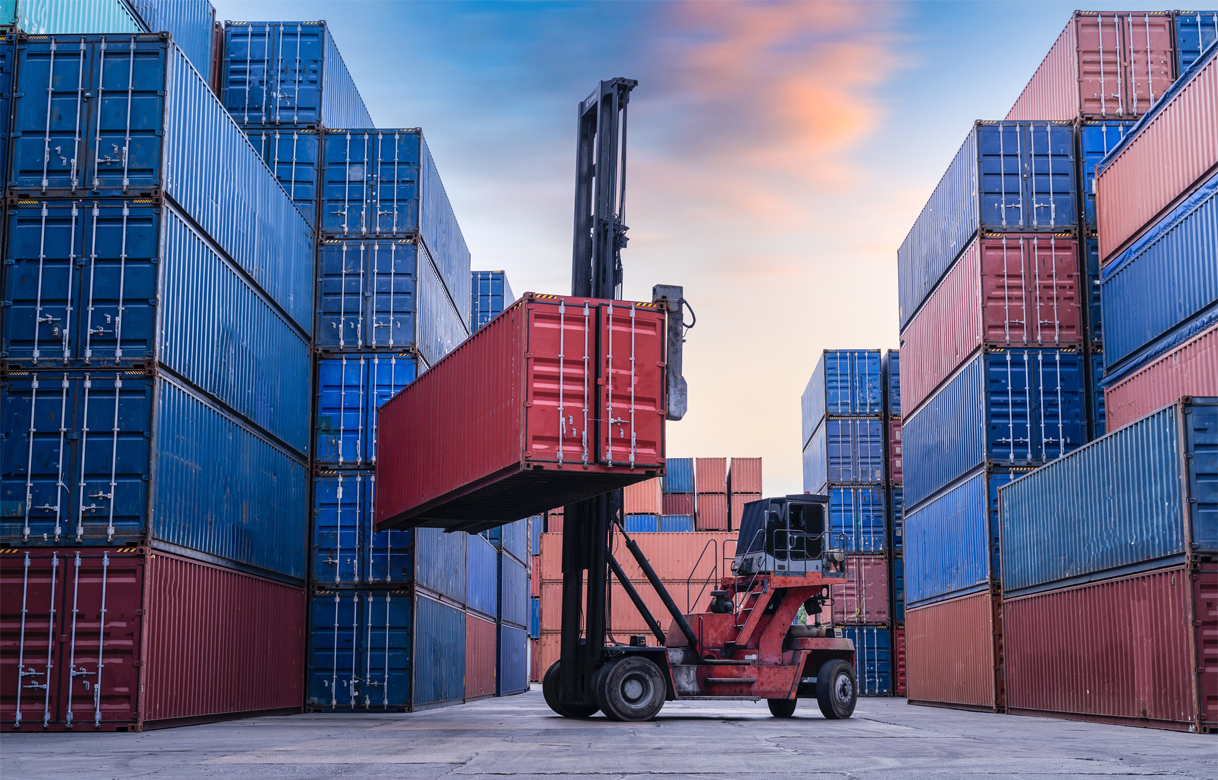- Article

- Balancing Supply & Demand
- Managing Supply Chain
Shipping trade disruption
Container freight rates soar, pushing up business costs
In July 2021, container freight rates from Oceania to Asia were up 36% compared to the same month in 2019, while rates in the other direction were up over 160% over the same period.
But despite ongoing trade disruption, the value of Australian goods exports continues to grow and reached an all-time monthly high in July 2021 of AUD42bn.
More than one year into the COVID-19 pandemic, global container shipping activity is above trend. However, strong demand for goods from Western economies and lockdown restrictions have led to ongoing congestion in ports, issues around the availability of containers, and surging freight rates, with a risk that consumer prices rise. Some businesses are also facing input shortages amid production disruption.
More than 80 per cent of global goods trade volumes is carried by sea, with about a sixth of that in containers. The value of global trade in April-June 2020 fell 21 per cent from the previous year as the virus spread but has recovered more quickly than expected.
However, international freight remains disrupted. Container rates from Asia to Europe increased by 572 per cent between June 2020 and June this year with some traders paying ten-times pre-pandemic rates. Container shipping rates from Asia to the US West Coast nearly tripled. The cost of shipping dry bulk commodities is the highest for more than 10 years.
Mainland China quickly restarted production and exports last year following the initial disruption to supply chains. As global lockdowns eased, demand rose, fuelled in part by government stimulus measures in the US. Container volumes from Asia to North America rose 16 per cent in the year ending February 2021, lifting China’s share of global goods exports from 14 per cent in 2019 to nearly 17 per cent.
But shortages in labour and equipment in key US ports have led to backlogs. As a result, shipping lines are quickly trying to return empty containers to Asia to be filled with more profitable Chinese goods.
And March’s blockage of the Suez Canal – a major East-West artery carrying a quarter of global container trade volumes – also exacerbated congestion in major ports such as Rotterdam and Singapore, while COVID-19 outbreaks in some Chinese ports also led to temporary closures and rescheduled sailings.
As a result of ongoing shipping disruption, some traders are seeking alternative transport. The number of cargo trains from China to Europe has more than doubled in a year. However, air freight capacity remains limited due to the grounding of passenger aircraft, which typically carry about half of global air cargo volumes.
There are some signs of shipping disruption contributing to rising producer prices in Europe and the US. HSBC European economists estimate that the 205 per cent rise in container shipping costs over the year to April 2021 could raise producer prices by up to 2 per cent in the eurozone. But this might affect only a limited number of sectors and will depend on how persistent shipping disruption is.
In the near term, port congestion coupled with high demand for containerised imports stemming from inventory restocking in the US and retail orders ahead of Christmas are likely to keep container shipping rates high.
Trade has long been a key driver of economic growth and will be crucial to supporting the global economic recovery post-COVID-19. Although trade openness may accelerate the transmission of economic shocks from one economy to another, there is evidence to suggest that open trade can also dampen the negative effects of a global crisis.
Using machine learning, we are able to determine what factors will drive Australia’s annual goods export growth from 2021 to 2026. The World Trade Organization expects global goods trade volumes to rise 8 per cent this year, driven by 11.4 per cent growth in North America imports. Asia will continue to help meet this demand, with exports forecast to grow by 8.4 per cent. There is thus a risk that container-shipping rates stay high for some time and the longer freight remains disrupted, the more likely higher shipping costs may be passed on to consumers.
Read full report on predicting trade forecasts here (you must be a subscriber to HSBC Global Research).
First published 23 September 2021



